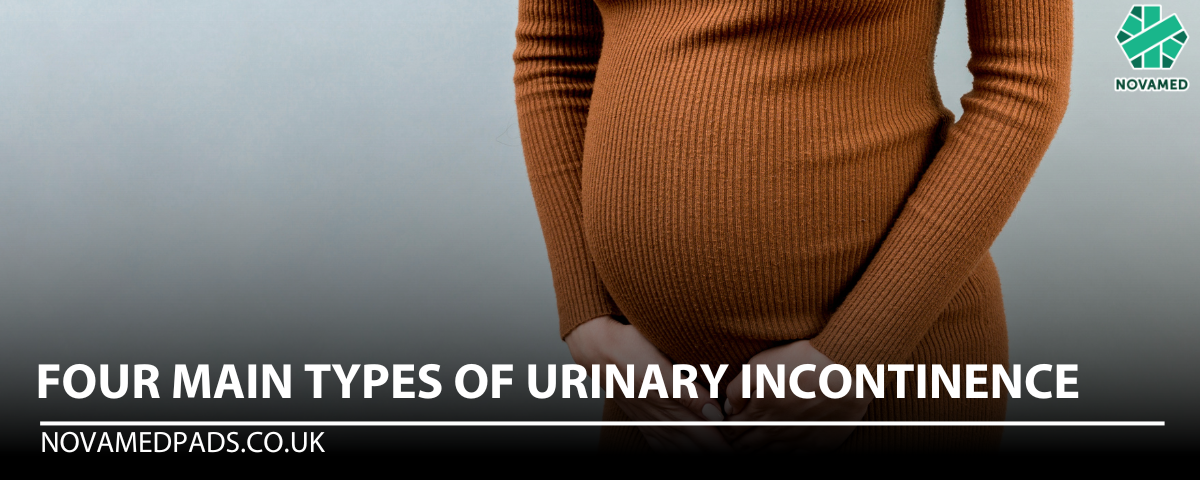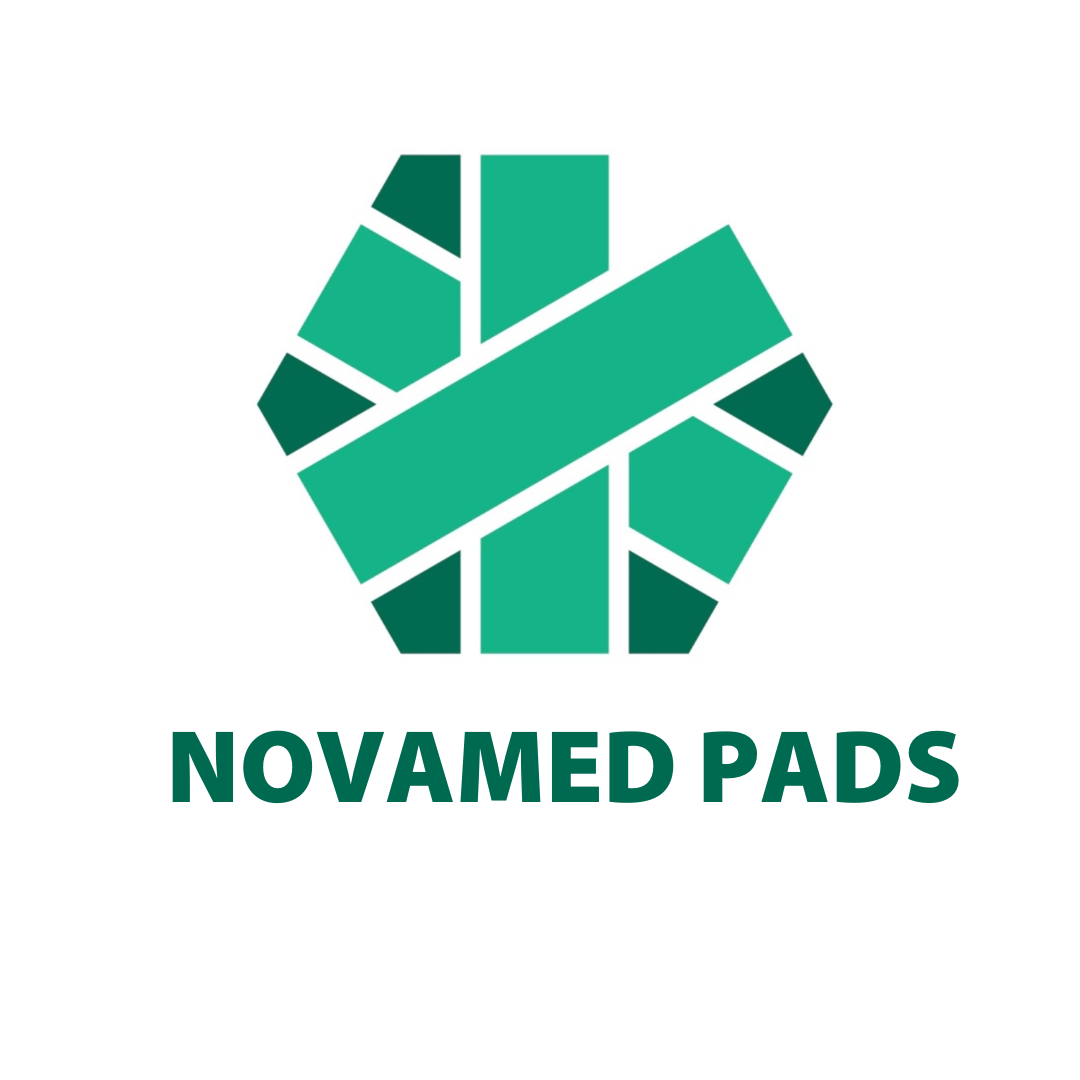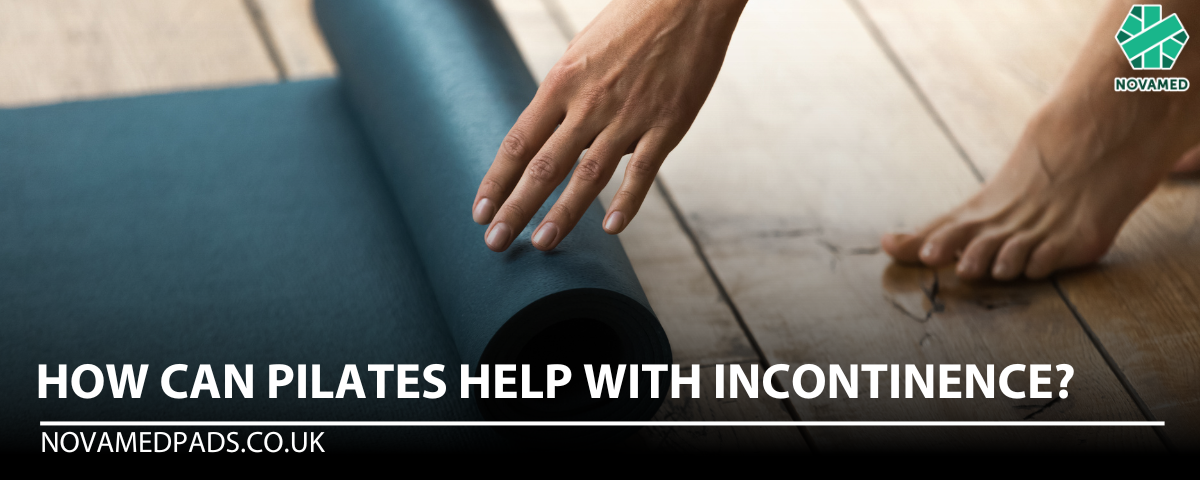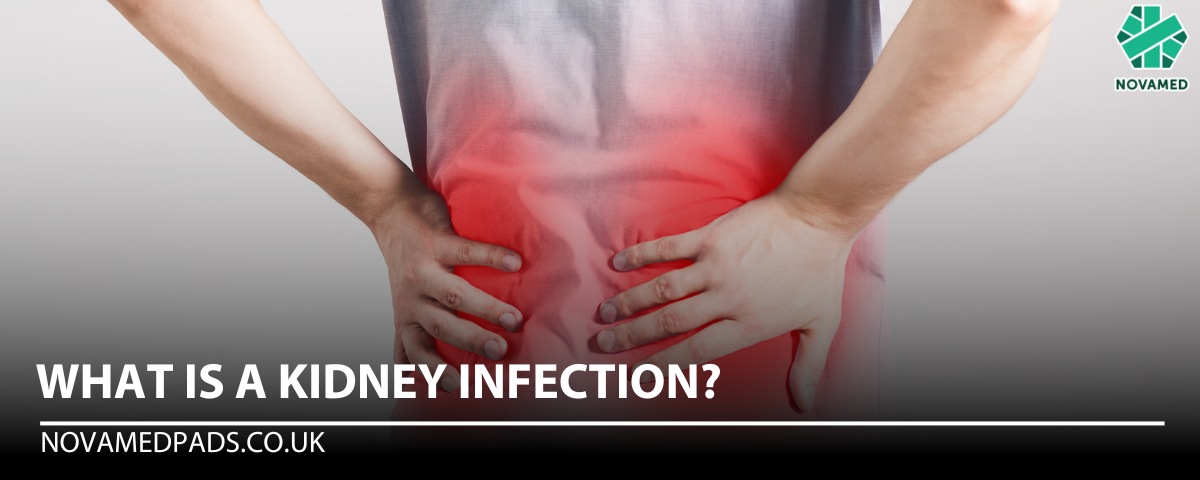
Four Main Types Of Urinary Incontinence
Urinary incontinence, the involuntary leakage of urine, is one of the most common health problems affecting women. This condition impacts millions worldwide and can significantly affect daily life. There are four main types of urinary incontinence: stress incontinence, urge incontinence, overflow incontinence, and mixed incontinence.
1. Stress Urinary Incontinence (SUI)
Stress urinary incontinence occurs when physical activity, such as coughing, sneezing, or heavy lifting, causes urine leakage. This type of incontinence is typically caused by a weakness in the pelvic floor muscles, which support the bladder and urethra. Stress incontinence often results from:
- Weak pelvic floor muscles due to ageing or childbirth
- Nerve damage from injury or surgery
- Loss of tissue elasticity around the urethra
Women experiencing stress incontinence may leak urine during everyday activities such as laughing, exercising, or lifting light objects.
2. Urge Urinary Incontinence (UUI)
Urge incontinence, also known as an overactive bladder (OAB), is characterised by a sudden and intense urge to urinate, followed by involuntary leakage. This occurs when the bladder muscles contract too often or uncontrollably. Common causes of urge incontinence include:
- Bladder muscle overactivity (detrusor overactivity)
- Urinary tract infections (UTIs)
- Neurological disorders, such as Parkinson’s disease or multiple sclerosis
People with urge incontinence often experience frequent urination and may feel the need to urinate even when their bladder is not full.
3. Overflow Urinary Incontinence
Overflow incontinence happens when the bladder does not empty properly, leading to frequent or constant dribbling of urine. This is often due to:
- Bladder obstruction, such as an enlarged prostate (in men) or bladder stones
- Weak bladder muscles, which can cause incomplete emptying
Overflow incontinence may cause individuals to feel as though their bladder is always full, leading to small amounts of urine leakage throughout the day.
4. Mixed Urinary Incontinence
Mixed urinary incontinence combines symptoms of both stress and urge incontinence. It is common in women, particularly older adults, and requires a treatment plan that addresses both underlying conditions.
Treatment Options for Urinary Incontinence
Various treatment options are available depending on the type and severity of urinary incontinence. Some common treatments include:
- Pelvic floor exercises (Kegels): These strengthen the pelvic muscles and can improve symptoms of stress incontinence.
- Bladder training: Helps manage urge incontinence by gradually increasing the time between urination.
- Medications: Anticholinergic drugs can reduce bladder muscle spasms for people with overactive bladder symptoms.
- Biofeedback therapy: Uses sensors to track muscle activity, helping patients learn how to control their pelvic floor muscles effectively.
For some women, a combination of treatments is necessary to manage symptoms effectively. Pelvic floor exercises are particularly useful for stress incontinence, while medications and bladder training may be more suitable for urge incontinence.
Conclusion
Urinary incontinence is a condition that affects many women but can be managed with the right treatment plan. If you are experiencing symptoms, consulting a healthcare provider is the first step towards finding a solution that works for you.
Explore our full range of incontinence products designed to help you manage your symptoms comfortably and discreetly.
Bladder and bowel incontinence may be caused by conditions which can be treated medically. Please consult your physician for medical advice and guidance.




